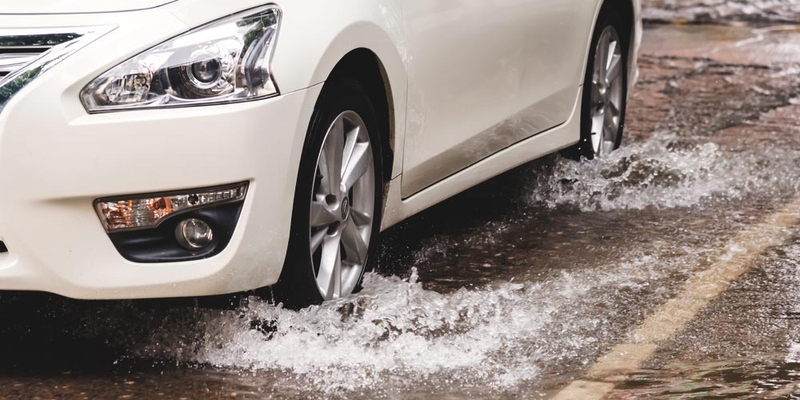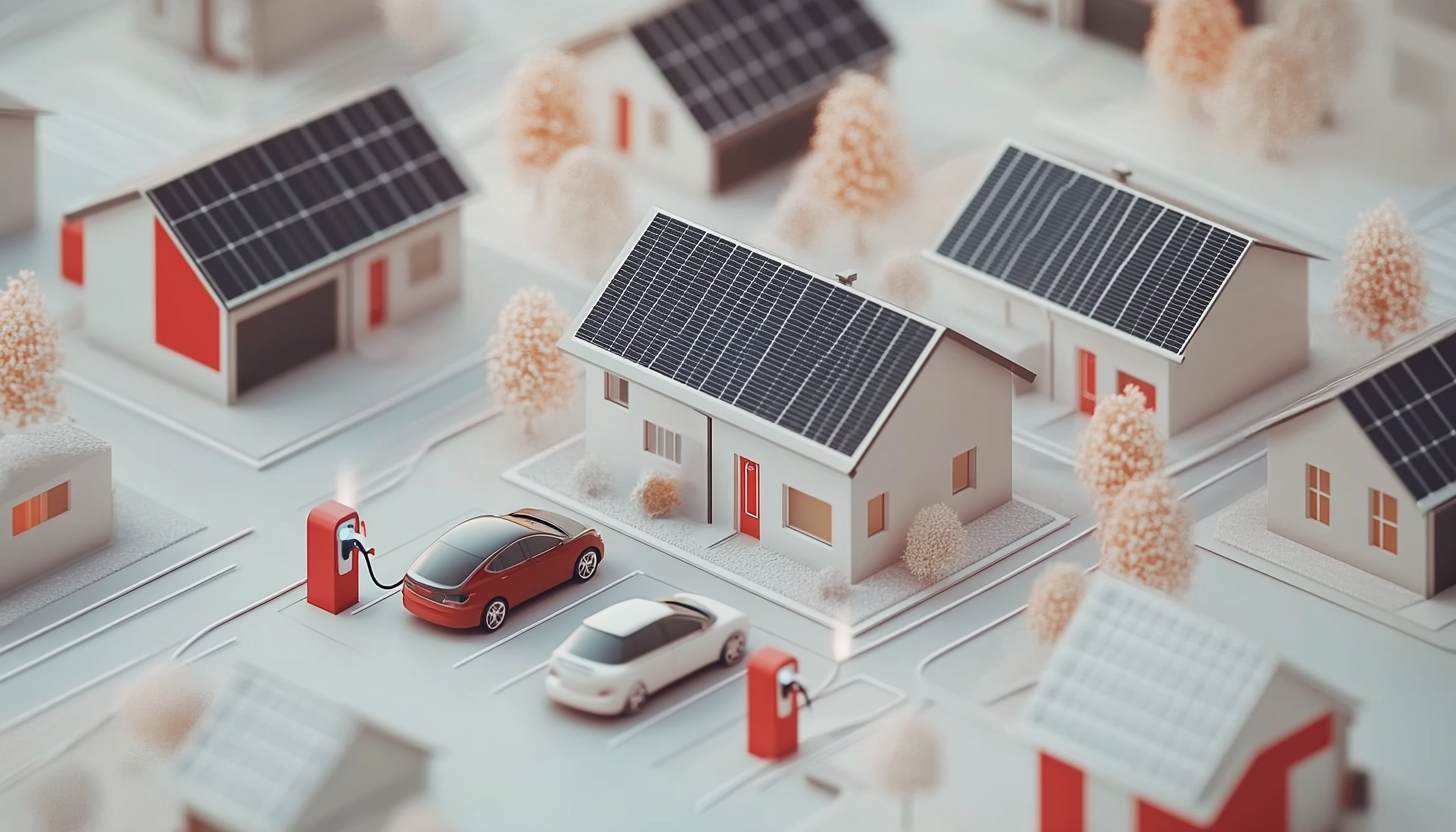
If you are not redirected within 30 seconds, please click here to continue.
Samedi: 10h – 16h HAE

If you are not redirected within 30 seconds, please click here to continue.
If you are not redirected within 30 seconds, please click here to continue.
Hydroplaning isn't fun. Here's how to avoid it and remain safe

It’s no secret that spring weather brings plenty of rain, but seasonal showers can also bring hazardous driving conditions. Inclement weather and heavy amounts of rain can reduce visibility and traction, often causing a vehicle to hydroplane.
Hydroplaning occurs when your vehicle’s tires lose grip of the road and begin to ride on a surface layer of pooling water. Driving at a high speed and having poor tire tread depth may also cause a loss of traction with the road’s surface during these conditions. As a result, you may temporarily lose steering and braking ability.
Fortunately, learning how to anticipate hydroplaning can help you maintain control of your vehicle and avoid a weather-related collision.
How to avoid hydroplaning
There are a few proactive measures you can take to prevent your vehicle from hydroplaning.
- Inspect your tire tread depth monthly. Check each tire in multiple places to ensure there are even wear patterns. There should also be a minimum of 1.5 mm of tread depth on the rear tires and 1/8th of an inch or 3 mm of tread depth on the front tires of vehicles that weigh more than 4,500 kilograms. Less than that won’t allow the tire to disperse the water quickly enough to maintain traction.
- Ensure your tires are properly inflated. Use the information on the inside of the driver’s door jamb to know the exact pressure. Different vehicles typically require different tire pressure.
- Reduce your driving speed. During periods of heavy rain or when water cannot drain effectively from the roads, instantly reduce your driving speed. Controlling your speed using on and off pressure on the accelerator is the best way to avoid having your vehicle hydroplane.
Regaining control after hydroplaning
If high speed causes your vehicle to hydroplane, ease off the accelerator to allow the engine to slow the speed of the vehicle naturally. Applying the brakes to wheels that have no traction won’t slow you down very much.
If you steer your vehicle left or right and it’s unresponsive, gently return the wheels to a straight position and allow the wheels to rotate and channel excess water through the tread patterns. This can help you regain traction with the road by increasing friction. Sometimes it’s best to abandon your original turn and try to guide the vehicle in the direction that’s safest.
Once you’ve regained control of your vehicle after it’s hydroplaned, it’s best to have your tires inspected by a professional to determine if your tires need to be replaced.
Does your auto insurance cover a hydroplaning collision?
You should do your best to guide your vehicle away from obstructions, but if you hydroplane and as a result, end up hitting another vehicle, tree, or object in your path, are you covered by your insurance? Yes, provided you have the appropriate coverage in place.
Collision insurance is an optional coverage in all provinces, except for Manitoba, where it’s mandatory. Collision insurance covers the cost of your repair bills if your vehicle becomes damaged by an at-fault collision with an object or another vehicle. The amount of collision coverage you have will depend on the limits set within your policy. Your premium will also vary from company to company if you opt for this coverage, so it’s important to compare collision insurance rates before securing new auto coverage.
Don't waste time calling around for auto insurance
Use RATESDOTCA to shop around, and compare multiple quotes at the same time.
Get money-saving tips in your inbox.
Stay on top of personal finance tips from our money experts!









